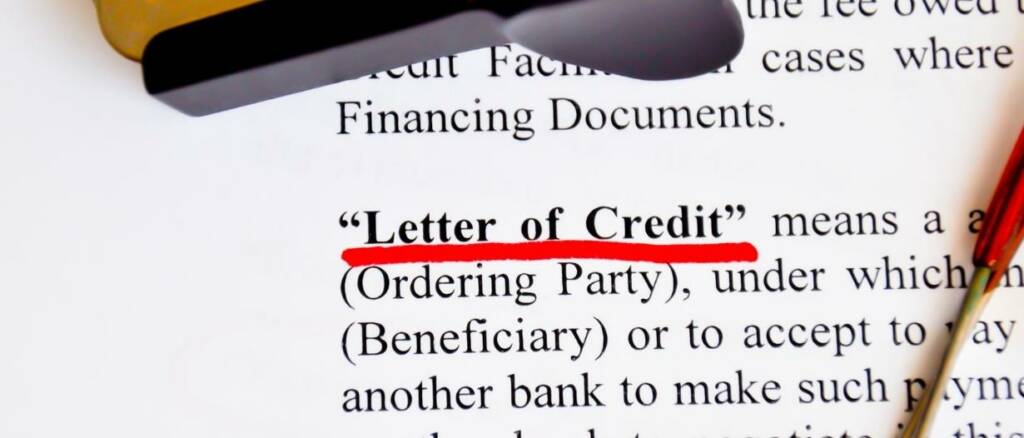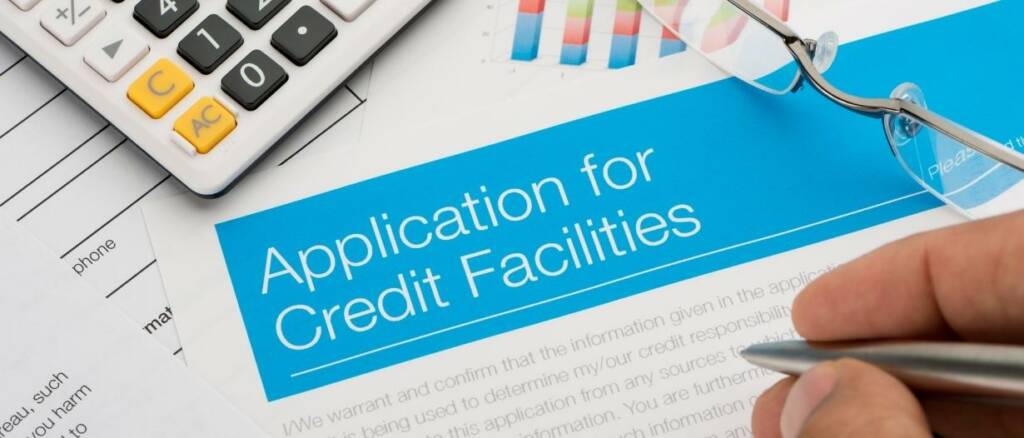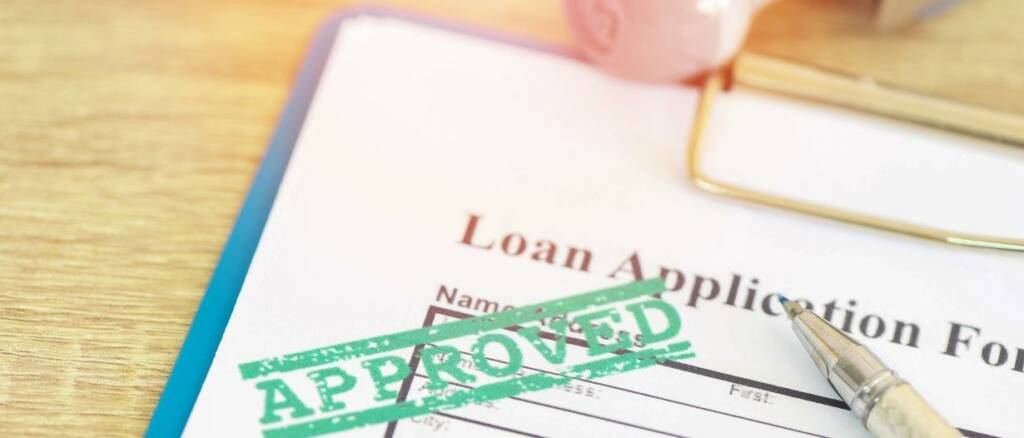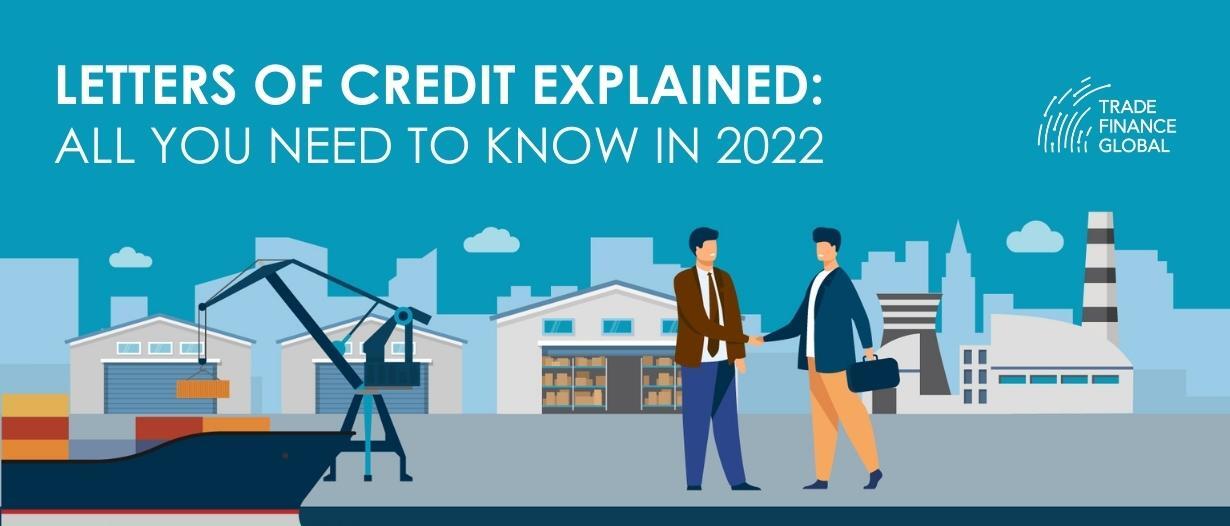Estimated reading time: 9 minutes
Table of contents
If you’re an importer or an exporter, you will probably want your goods and cash to be as safe as possible during a trade transaction.
How can you do this? Well, one of the most effective ways to reduce your risk in your trade transaction is to use a letter of credit.
Letters of credit are legally-binding financial instruments that are issued by banks or specialist trade finance institutions to ensure payments for goods received.
So how does it work?
Let’s suppose that an importer wants to purchase goods from an exporter in a trade transaction. To secure the transaction using a letter of credit, the importer can approach an ‘issuing bank’ – so called because this is the bank that will issue the letter of credit.
The exporter can approach a confirming bank – so called because it will handle the letter of credit on the seller’s behalf. (This bank is also known as the ‘advising bank’.)
Put simply, a letter of credit ensures that the seller will be paid on behalf of the buyer, as long as the terms specified in the letter of credit are met.
This reduces the risk to the importer (the buyer), and increases security for the exporter (the seller) – and as a trading business, that’s exactly what you want.

You can apply for a letter of credit by contacting your bank, as long as it offers letters of credit as a service. If not, you will have to find a bank that does.
When applying for a letter of credit, parts of the application process can be tedious, since you will need to gather many details about the trade transaction and your financial records.
Trade Finance Global (TFG) can help you apply for a letter of credit, and can help make things as quick and easy as possible – contact us here.
Our team can connect you with one of over 270 global banks, funds, and alternative lenders that we work with, and who would be happy to help.

Summary: Working with your counterparty to set up a letter of credit
Setting up a letter of credit generally involves the following steps, which must be completed by both you, your counterparty, and the issuing and confirming bank on each side of the transaction.
- The first step is to set up the trade transaction with your counterparty. So when an importer agrees to buy goods from an exporter, the importer will issue a purchase order.
- The importer can then approach an issuing bank. If the importer is creditworthy, then the issuing bank will produce a letter of credit.
- Subsequently, the exporter can then approach a confirming bank. The confirming bank will ask the issuing bank to send over the letter of credit so that the confirming bank can check its terms and conditions.
- If both the confirming bank and the exporter agree to the terms set out in the letter of credit, then both will sign, and the exporter can proceed with shipping the goods.
- Once the goods are shipped, the exporter then sends the relevant shipping documents to the confirming bank, which relays them to the issuing bank.
- The issuing bank sends payment for the goods to the confirming bank – this usually takes places either after the goods have been shipped, or after they have been received.
Applying for a letter of credit
If you want to apply for a letter of credit, you’ll have to go to a lender of some kind, whether that be a bank, a fund, or an alternative lender.
Different lenders will have different requirements that need to be met before they can issue you a letter of credit.
Different lenders will also have varying appetites for risk. This will affect how much interest they charge and their conditions for repayment.
Before you apply for a letter of credit, it’s useful to know the main steps involved and what is required from you at each stage.

1) Application
The first step is to make a credit application to the lender. The lender will then ask you for a set of information about your company, your directors, your reason for applying, and your trading track record.
The information they require will usually include:
- 2-5 years of financial statements, including:
- Profit and loss statement
- Balance sheet
- Cash flow statement
- And, if possible, financial statements, including:
- Management accounts
- Creditors ledger
- Debtors ledger
- Stock ledger
- Details of any assets that the business or directors own, which could be used as collateral, such as:
- Property
- Equipment
- Invoices
- Details of any liabilities, such as:
- Loans
- Overdraft facilities
- Other important items include:
- Budgets and forecast for at least one year ahead
- Description of trade cycles
- Current purchase orders
- Current invoices from suppliers of clients
- Items which are not essential but may be asked for include:
- CV/resume for each of the directors
- Bank references
- Information on related companies (e.g. group companies, suppliers, buyers, etc.)
Generally, it’s important to present your lender a business plan with financial forecasts. This will show the lender that your business idea is sound and realistic, and that you are likely to use the finance in a responsible way.
Business plans can vary in form, but generally you should include:
- An introduction to your business, including future goals and any significant accomplishments to date
- Information on the key stakeholders and/or directors, including past experience and equity make up of the company
- Analysis of the product or services offered
- Overview of the sector and/or competitor landscape
- Summary of anticipated results, including financial forecasts

2) Evaluation of the application
Once the lender has received all the information they’ve asked for, they can evaluate your application.
The lender will do what’s called a full credit risk assessment of the documents that they’ve received.
The aim of the evaluation process is to give your application some kind of credit score. The credit score is normally ranked from AAA (very low risk) to D (likely to result in refusal of the application).
The credit scoring process can also take into account other factors, like the vulnerability of the market your business is involved in.
Here are the main things your lender will usually analyse to determine your credit score:
- Income statement figures
- Balance sheet figures
- Cash flow documents
- What collateral you can provide and its quality
- Status of suppliers, customers, and trade cycles associated with your business
- Risks in the transaction
- Credentials of the managers and directors in your business

3) Negotiating your loan
If you’ve managed to receive an adequate credit score, you are now in a position to negotiate terms with your lender.
Important terms that may be negotiated include:
- Non-interest costs
- Fees
- Fixed charges
- Interest rates
Of course, as a business owner, you should aim to secure a deal that offers you the most favourable terms and prices.
Knowing how fees and charges are structured in these deals can help with this, but it’s a good idea to seek advice from a global trade body or another professional service.
Our team at Trade Finance Global (TFG) can help you with this. We’ll make sure that you are well prepared, that you understand how the loan works, and are set up to avoid risk.

4) Loan approval and documentation
Once you’ve negotiated terms, your loan still has to be approved by further credit authorities.
The first step in this will typically involve dealing with an account officer. The account officer will collect all your loan documents and do a preliminary credit and risk analysis.
Your loan documents will then be sent to a higher credit authority for approval, such as a specific committee.
If your loan is approved, a legal team can then secure your loan with collateral. This is done in order to mitigate any risks in case of default.
The loan needs to be signed by a senior director at the bank. This loan document is essentially a legal contract signed by both parties. This contract includes:
- Description of the finance facility that has been agreed upon
- Payment amount
- Loan duration
- Interest rates
- Currencies involved
- Terms and conditions for payment
- Interest and non-interest charges
- Obligations of buyer and lender
- Plans in case of dispute or default
5) Repaying the loan
If you want to maintain a good relationship with any lender, you must pay your loan debts in time and in accordance with the terms set out in your letter of credit.
This will enable you to access further funding and larger lending facilities. Being able to access these further loans is an important part of scaling your business as your trade volumes increase.
If all this seems like a lot to take in, don’t worry. You don’t have to do this alone. Our team at Trade Finance Global (TFG) can guide you through your letter of credit application, step by step.
We’ll make it as easy as possible for you, while also making sure you get the best deal possible.
Trade Finance Global (TFG)
Get in touch with us.
























